Related Tags
7 artists who deserve a Gibson signature Flying V
The Flying V is one of the most iconic guitars ever produced, and many music icons have wielded it on stage and in the studio. Here are the artists we think deserve their own signature Gibson model.

Brent Hinds of Mastodon. Image: Mark Horton / WireImage
The Gibson Flying V was introduced in 1958 and has inspired countless copycats and variants since. Its angular, aggressive aesthetic would find its niche in the hard rock and heavy metal genres throughout the 1980s and 1990s, leading to Vs by the likes of Jackson, which would sharpen the corners to make the guitar look even tougher.
The original Gibson Flying V shape, however, remains largely unchanged, and there are several signature editions in the brand’s catalogue, including the Jimi Hendrix and Dave Mustaine models. Many of the artists on this list already have signature Vs too – only with other brands. It would be nice, then, to see them team up with the creator of the iconic guitar for a limited run. Here are seven artists who we think deserve their own signature Gibson Flying V.
Albert King
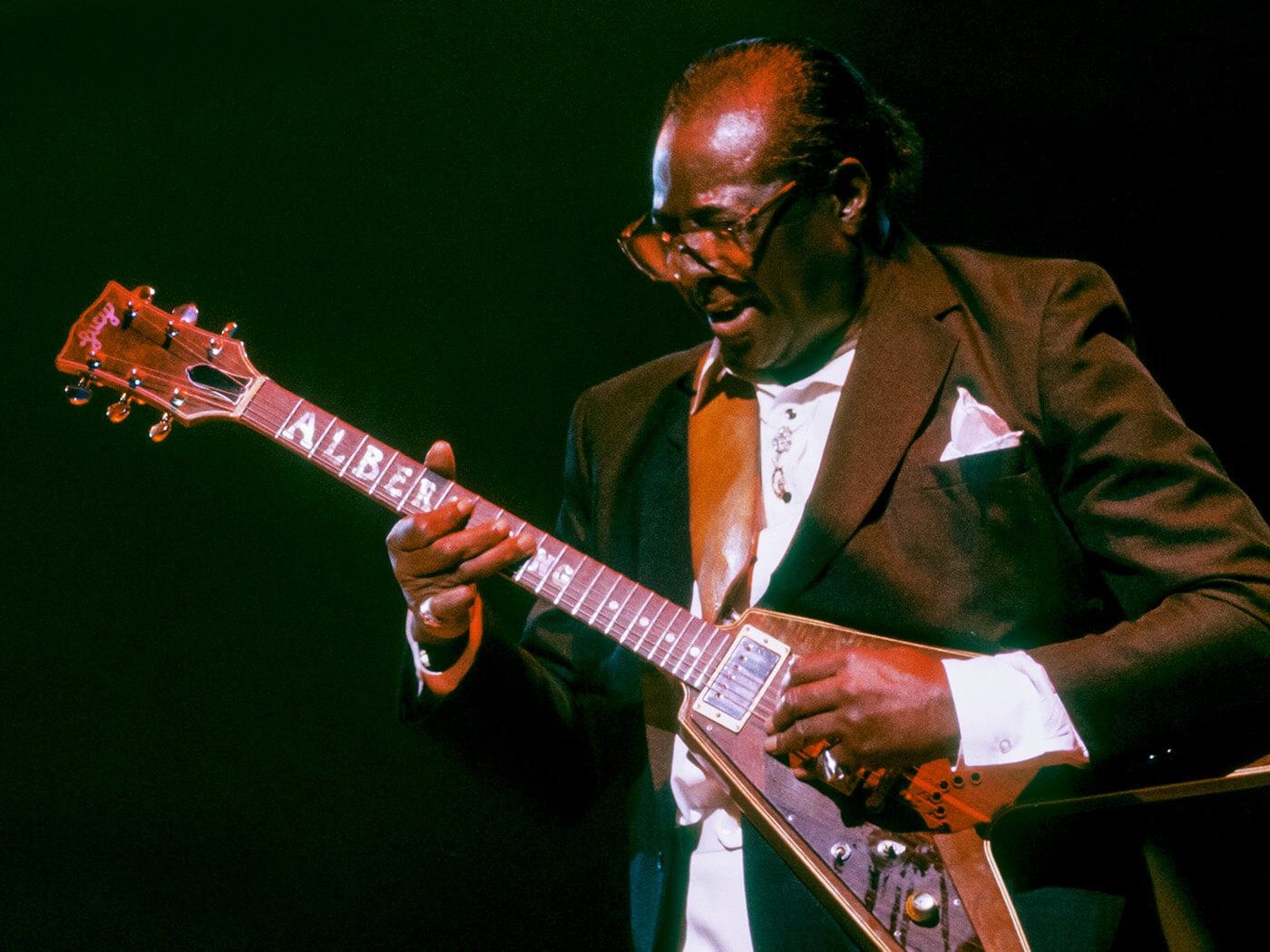
Not only would an Albert King signature model celebrate one of the most iconic and influential V players of all time, it would also contribute a new and unique V design to the Gibson line-up.
Albert’s second version of his guitar, which he called Lucy, was built by Dan Erlewine and featured white binding on a walnut body, with a Les Paul-style headstock. King also received another V in 1987 – a custom archtop version built by Tom Holmes and commissioned by Billy Gibbons, who gave it to King for his 64th birthday.
Michael Schenker
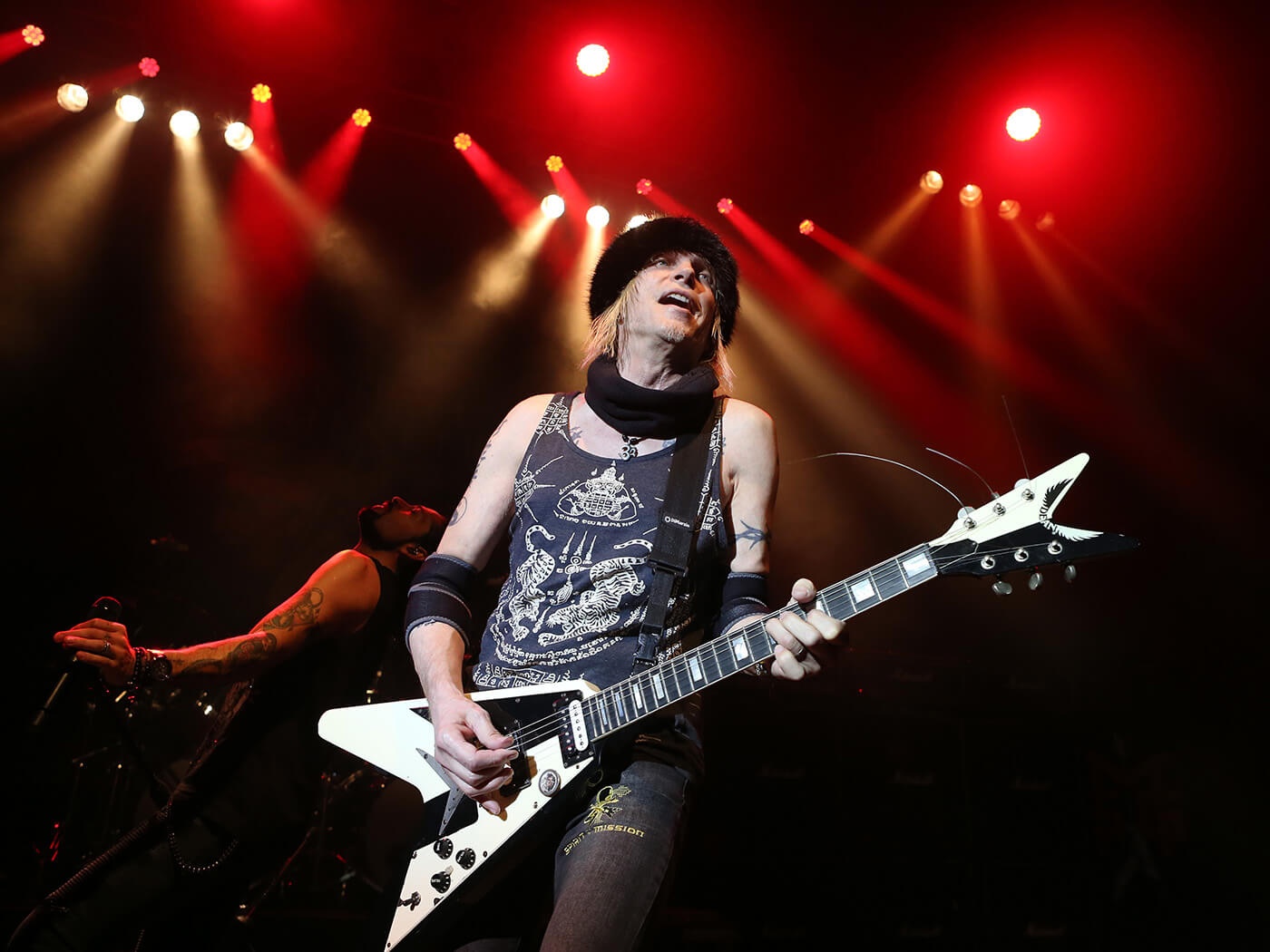
The mirrored black-and-white paint job of Michael Schenker’s V is often replicated but never by Gibson. Older brother Rudolf Schenker got his signature Gibson Flying V in 2013 but Michael has yet to get the same, with Gibson anyway.
Michael got a signature V from Dean in 2004, based on the Gibson model he had been playing for the majority of his career. Given the recent lawsuit, the Nashville brand might want to give the younger Schenker brother his own signature Gibson V, and reclaim one of the paint jobs that inspired so many people to pick up the model in the first place.
Brent Hinds
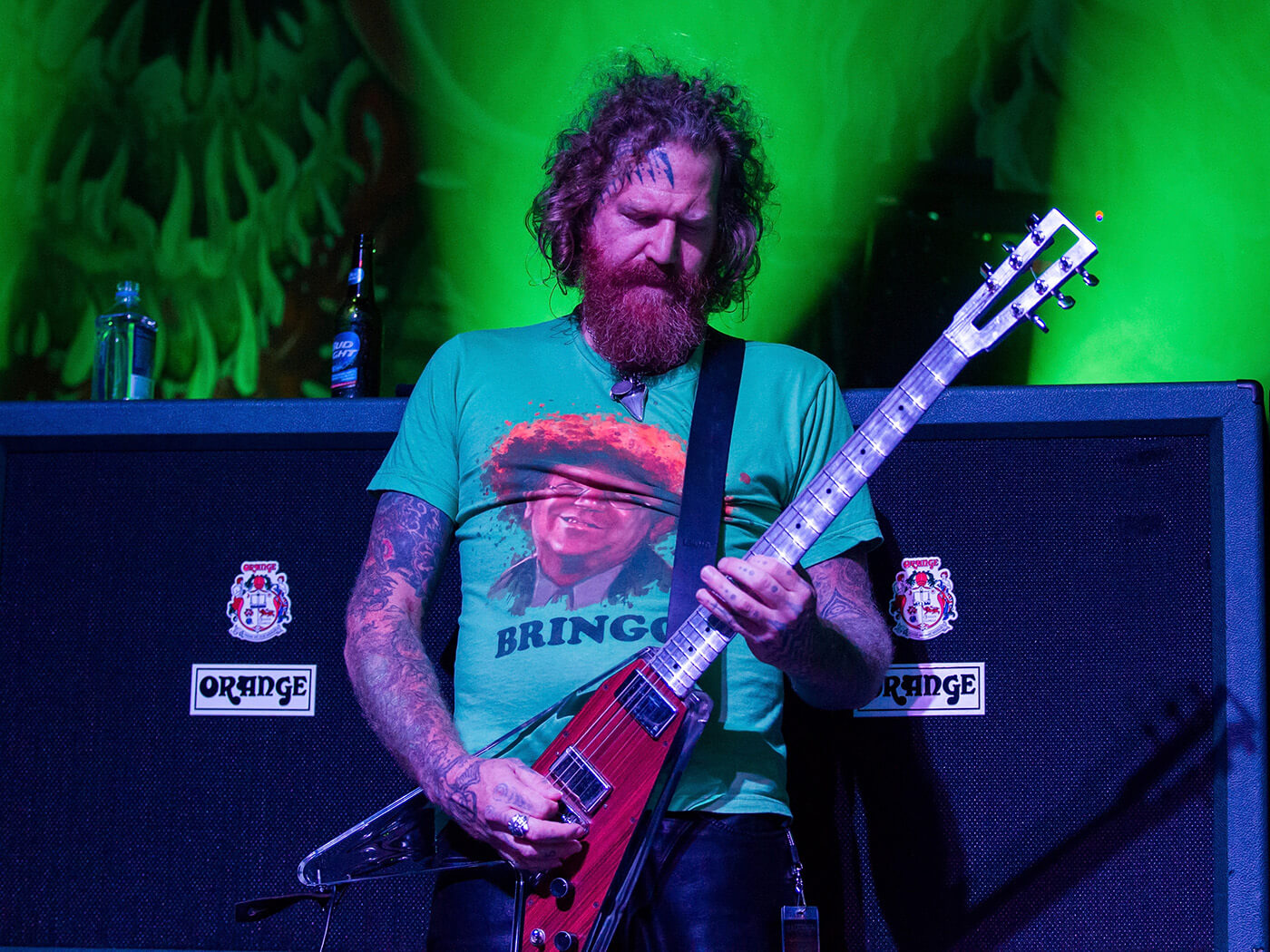
Epiphone released a signature run with Mastodon guitarist Brent Hinds, who has long favoured the V, in 2016. But it’s the guitar Hinds has been using on the band’s latest material, including the 2021 album Hushed and Grim, that we think deserves the signature treatment.
Built by Matt Hughes of Banker Guitars – an authorised partner of Gibson licensed to use trademarked body designs – this V features a flame korina/black limba body with a Brazilian rosewood centre inlay, and sports Hughes’ signature Banker Bucker Pickups, as well as a Bigsby B7 with a custom mounting bracket.
In the past, Hinds has also played an EGC clear acrylic V with an aluminium neck. We think it’s about time Hinds had a signature Gibson V in his hands.
KK Downing
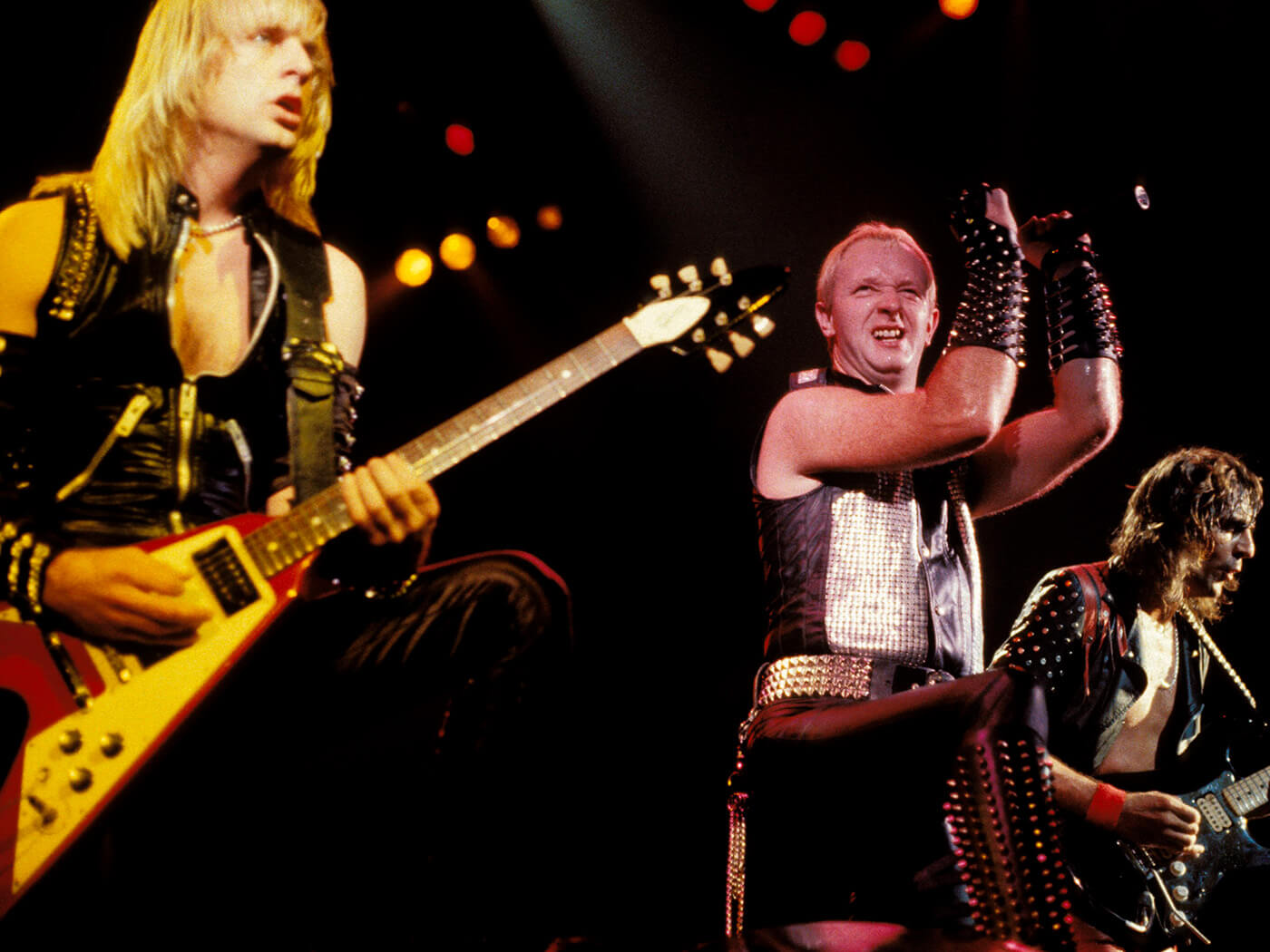
Judas Priest guitarist KK Downing famously played a Gibson Flying V during the band’s 1980s golden age, and played Hamer Vector Flying Vs later in his career.
The Gibson Custom Shop did produce KK Downing signature Vs in 2005 but they were sold only as part of a collector’s boxset with Glenn Tipton signature SGs, and only 30 were made. With Priest’s replacement for KK Downing, Richie Faulkner, getting a run of Gibson signature Vs, it’s fair to say that Downing deserves his own solo signature too.
Paul Stanley
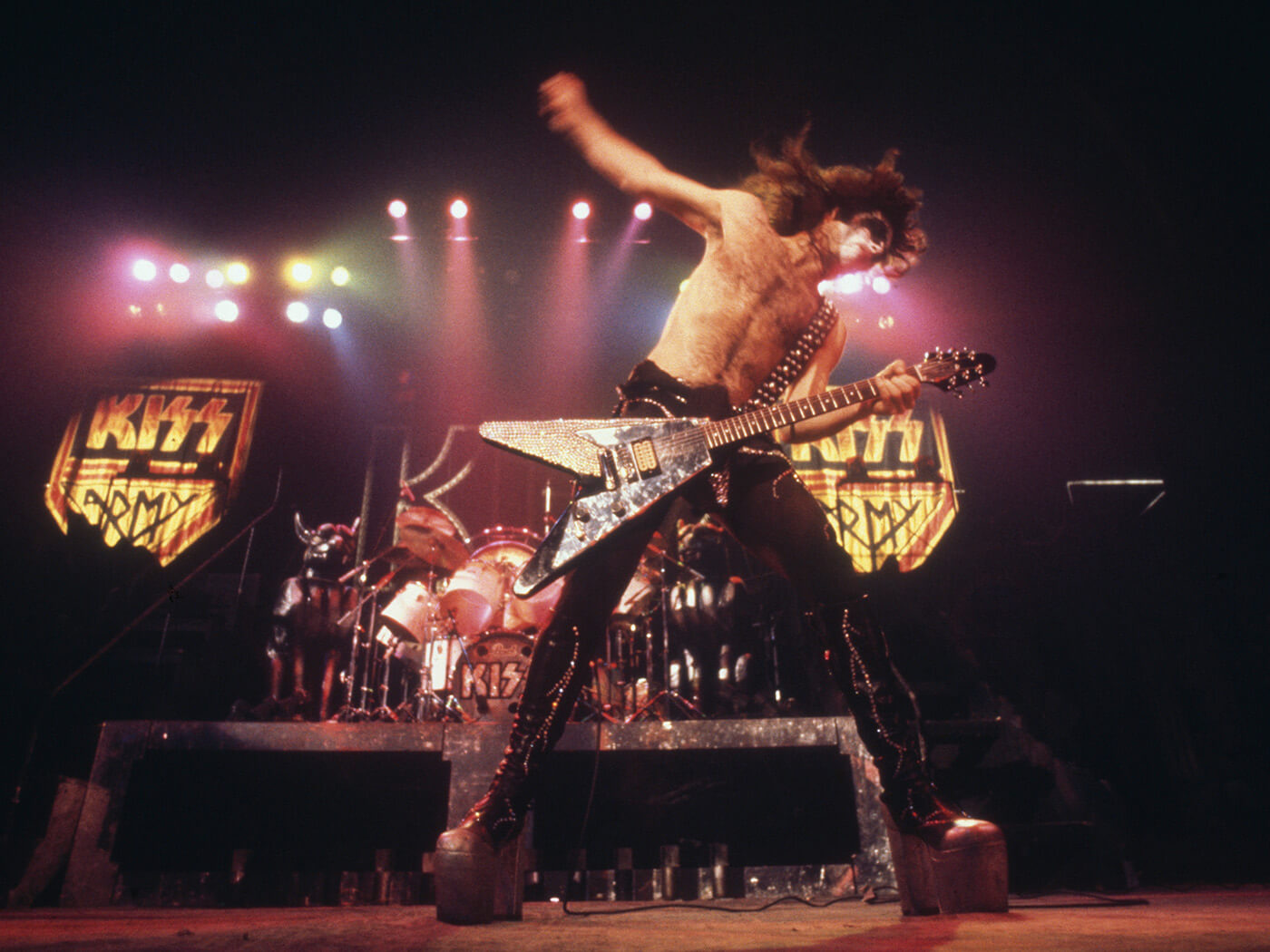
Washburn has produced several signature Flying Vs for Paul Stanley, including a curious acoustic version with a star-shaped bridge in 2012. The electric version sports a mirrored pickguard and a single humbucker in the bridge, and is modelled after the Gibson that Stanley played in KISS in the 1970s. However, because it lacked the classic Gibson arrow-shaped headstock, many didn’t like it.
As more and more artists return to Gibson, perhaps it’s time Stanley did the same. For now, though, the guitarist seems content with Washburn. Combining the collectability of KISS memorabilia with the appeal of Gibson products seems to be a win-win for both parties.
Bob Mould

During the days of Hüsker Dü, Mould didn’t have the money for a Gibson Flying V. Instead, he played Ibanez’s ‘Lawsuit Era’ Flying V, which differed from the Gibson in multiple ways. First, the Ibanez was made of ash and not korina, and featured a thinner body. The Ibanez’s headstock had veneer on the front and back, and featured a stinger. And the Ibanez’s jack was located on the side of the lower wing, though Mould later moved his to the top of the guitar.
Ash is an unusual tonewood for Gibson, so it might make for an interesting experiment for the brand to produce a Bob Mould signature V according to Ibanez-style specs. Then again, when Gibson first released the Flying V, korina was considered an odd tonewood too.
James Hetfield
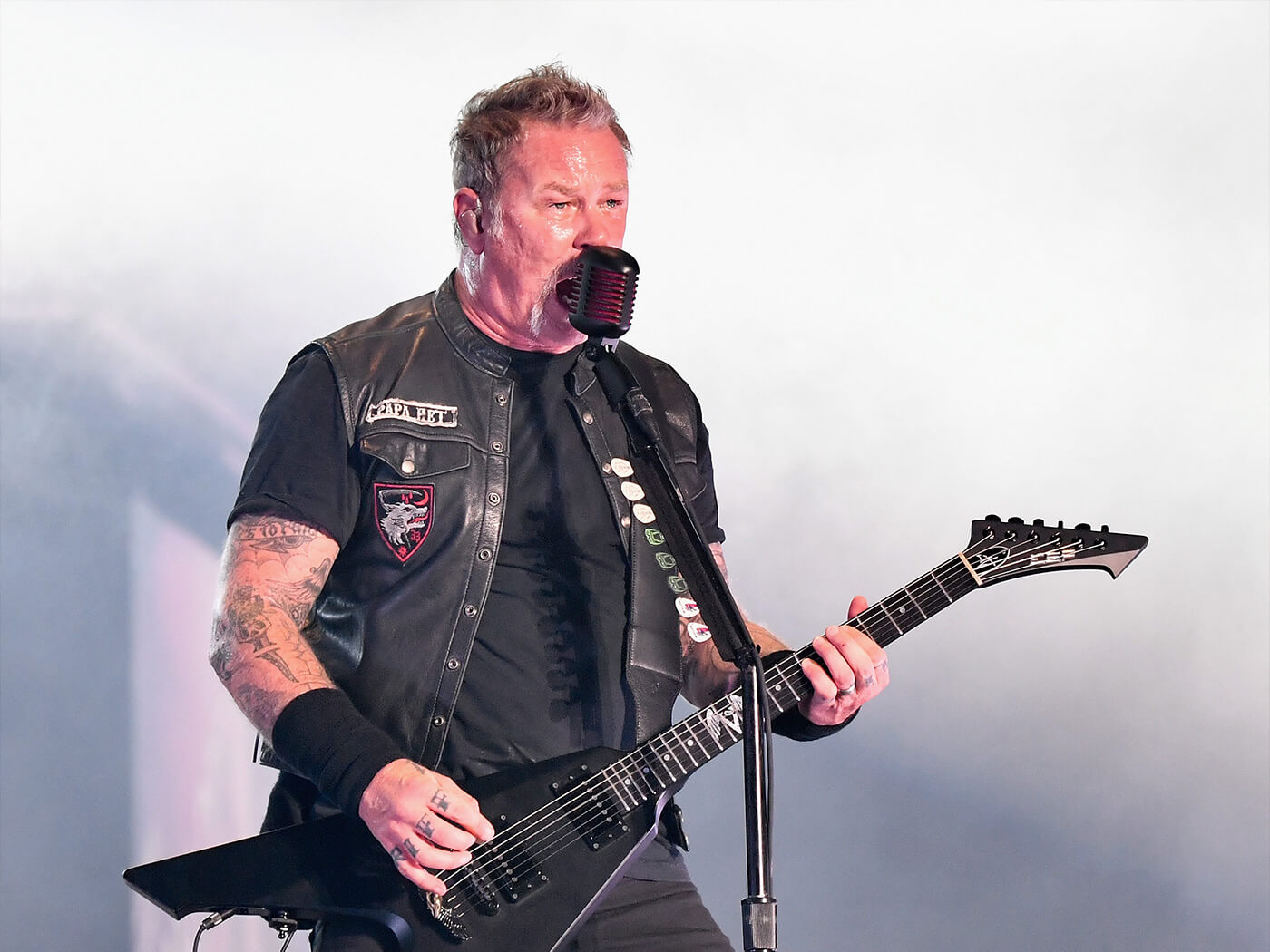
The Metallica frontman kicked off his career playing an Electra Wedge that he’d been told by the seller was a Gibson. The guitar did feature a Gibson truss rod cover, true, but the young Hetfield might have been tipped off by its bolt-on neck – this was no Kalamazoo model.
Hetfield used the Wedge during the formative years of Metallica, and the guitar is believed to have been made between 1974 and 1979. The guitarist recounted his acquisition of the Wedge to Guitar World in 2012].
“Somebody sold it to me as a Gibson V, and as a dumb kid I had no idea. Eventually it dawned on me, ‘Oh, it has a bolt-on neck. It can’t be. Hmmm, why does it say Made in Japan on it?’ But I didn’t care. I didn’t have a care in the world. It’s a white V! It’s Michael Schenker, it’s Scorpions. That was metal: black pants, white V, go! I couldn’t care less that it was not a real Gibson.”
Hetfield would finally get a Gibson V in 1980, but it’s time he got a signature V courtesy of the brand too. But Gibson wouldn’t make a copy of a knock-off of their own instrument, right? Especially one with a bolt-on neck?!
Dig into the company’s archives and you’ll find that, in 1980, Gibson did make a model with a bolt-on neck, the single-cut Sonex. It wouldn’t be out of the realm of possibility, then, for the brand to reproduce Hetfield’s Electra Wedge with a bolt-on neck, for maximum authenticity. Gibson could even produce the guitar as a budget-friendly model, making it accessible for kids to copy Hetfield just as he had copied Michael Schenker.
For more features, click here.
